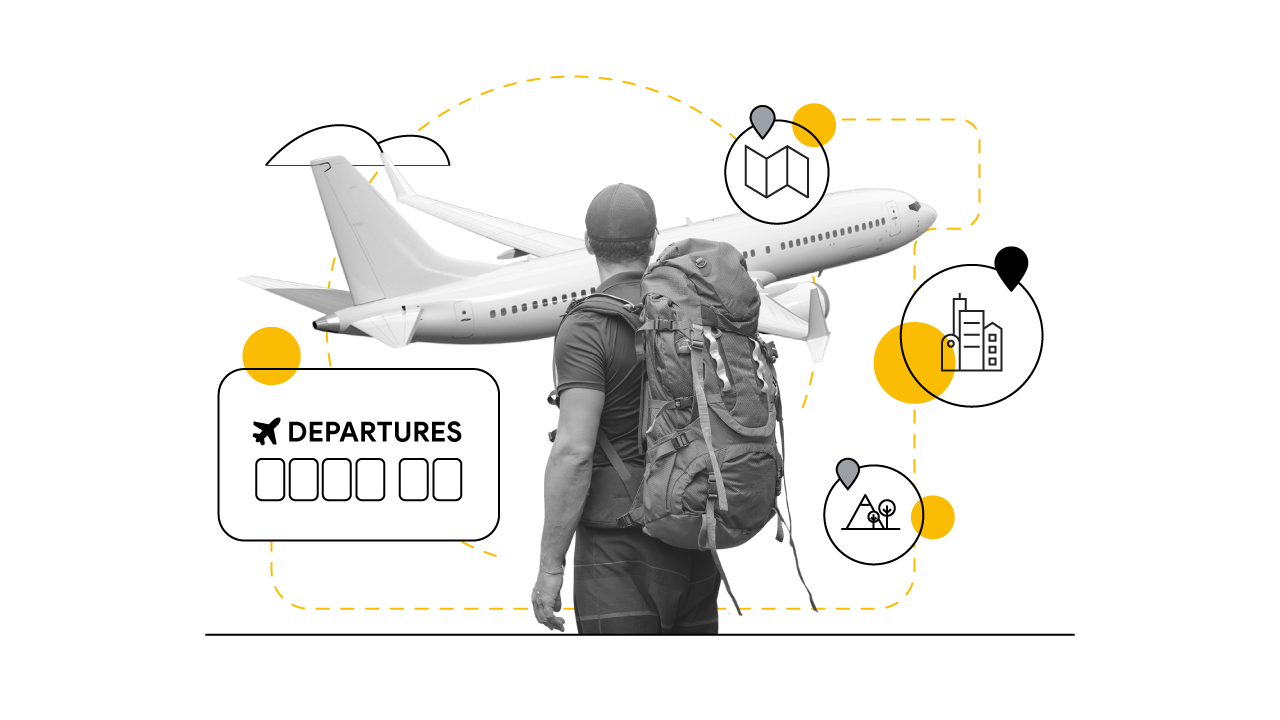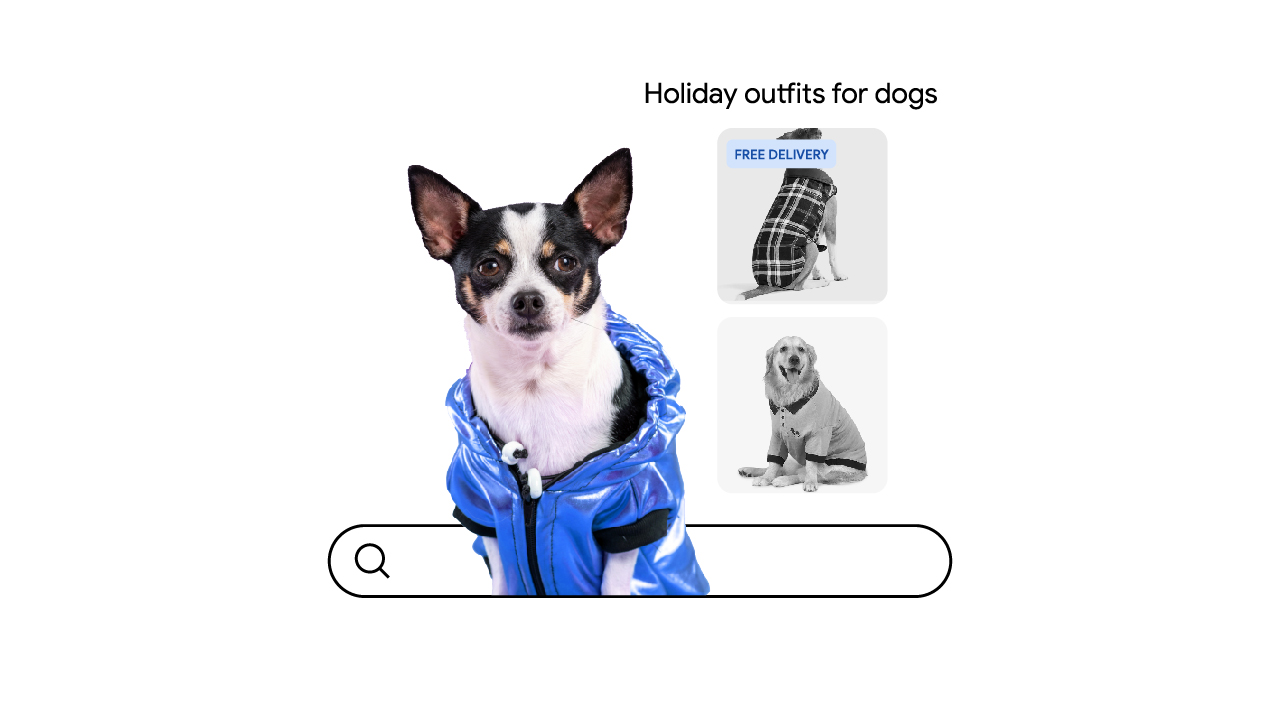Pandemic-related travel restrictions have relaxed, and people in APAC are resuming their globetrotting adventures. But the years of waiting in between have changed their travel preferences and behaviours.
Our recent consumer study with Kantar shows that people now care more about how they travel, and their decision-making involves more factors than just where they’re going.
Travellers in APAC are planning their trips more thoroughly than before, and online video has become a vital resource for them.
Two-thirds of potential travellers say they would plan trips more thoroughly than before because of COVID-19,1 and 30% of them are spending more time on each stage of their travel journeys, with health and safety information central to their online research.2
In the process, online video has become an important source of visually engaging information for travellers. More than half of those surveyed say they turn to video touchpoints in their travel journeys, and notably, 41% turn to YouTube specifically.3
How can your travel brand meet the evolving needs of travellers through online video? We examine the latest travel trends, and identify ways that your brand can grow awareness and drive action with the help of YouTube.
How people in APAC rely on online video in their travel journeys
People in APAC are researching intensely throughout the six stages of their travel journeys — “dream,” “plan,” “book,” “organise,” “go,” and “share” — and online video is an important touchpoint at every stage. YouTube, in particular, is critical to them in the “dream” and “plan” stages, with over 60% of travellers who use YouTube saying they turn to the platform for ideas and information in these phases.4
As they research everything, from different types of holidays to accommodation options,5 long-form YouTube videos provide them with an immersive, real-world view of destinations and activities. Additionally, YouTube’s search interface, user comments, and customised content recommendations help them find the most relevant information.

In the “booking” stage, people use online video to compare flights and hotels, and look for information about deals and discounts before they make reservations. And in the “organise” stage, short-form videos like YouTube Shorts provide them with bite-size reviews about restaurants, activities, and experiences at their destination, which helps them easily build their itineraries.
How people in APAC use online video to satisfy their travel preferences
Not only does online video meet people’s needs at every stage of their travel journeys, its breadth of content also satisfies their diverse travel preferences and interests.
The Gen Z audience, for example, are fans of YouTube’s visually engaging and authentic content. More than half of them use YouTube in their travel journeys, and this is 12 percentage points higher than the proportion of users among the average traveller set.6
Gen Z travellers in the “dream” and “plan” stages turn to YouTube for inspiration, and in the “organise” and “book” stages, they use it to find authentic recommendations from the wide range of trusted creators and travel influencers on the platform.

Travellers who seek out luxury experiences, on the other hand, tend to delegate planning and booking to concierge services, so they primarily look for online video content that will get them excited about their trip.7 Of these luxury travellers who use YouTube, 56% found the platform to be very influential throughout their travel journeys, with many of them looking for trusted brands and content on the platform.8
How your brand can grow awareness and drive action among APAC travellers
Given that people in APAC, across various interest groups and in all stages of their travel journeys, discover brands on YouTube and develop relationships that lead to action, including purchases, it’s important that your brand has a presence on the platform. After all, travellers most commonly recall seeing ads on YouTube,9 and 83% of them took some form of action after, including researching and purchasing from the brand at a later date.10
But it’s not enough to just be on the platform. To connect effectively with travellers, your campaign needs to deliver personalised content — the most relevant information in the format that best resonates with the traveller. This was what online travel agency Agoda did to grow its presence in Japan.
Its campaign included a mix of short skippable and non-skippable video ads which raised awareness of how easy it is for people, including travellers in the “plan” and “book” stages, to make purchases and get great deals on the platform. Its six-second bumper ads, on the other hand, reengaged viewers with bite-size travel content and drove action among travellers in the “organise” stage.
Overall, the campaign reached 33 million unique users and successfully drove a 6% Brand Lift and 150% relative search lift.
In this new age of travel, people are more invested in the process, and they research more thoroughly than before with the help of online video, especially YouTube. A comprehensive YouTube marketing strategy that delivers personalised content is therefore key. It will help your brand reach, connect, and influence travellers at every stage of the travel journey, and drive purchase.








